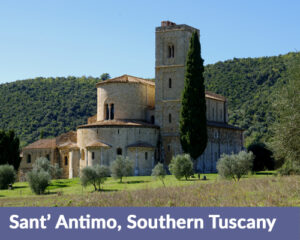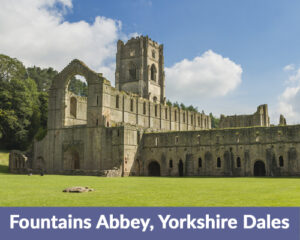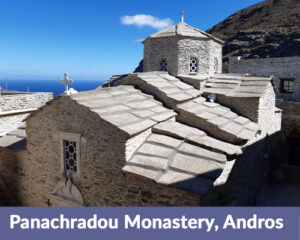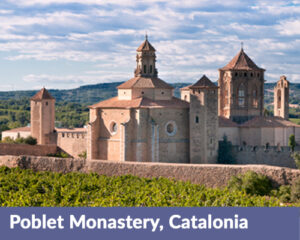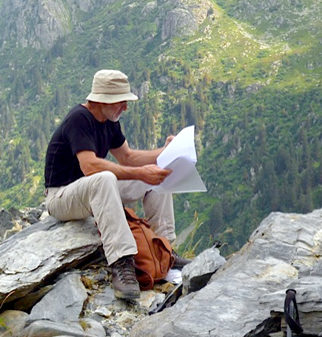
Office hours: Mon - Fri 09:00 - 17:30; Sat 09:30 - 13:00
Office hours: Mon - Fri 09:00 - 17:30; Sat 09:30 - 13:00
Office hours: East Coast USA: Mon - Fri 09:00 - 17:30 (04:00 - 12:30 local time); Sat 09:30 - 13:00 (04:30 - 08:00)
West Coast USA: Mon - Fri 09:00 -17:30 (01:00 - 09:30 local time); Sat 09:30 - 13:00 (01:30 - 05:00)
Office hours: Ottawa: Mon - Fri 09:00 - 17:30 (04:00 - 12:30 local time); Sat 09:30 - 13:00 (04:30 - 08:00)
Vancouver: Mon - Fri 09:00 - 17:30 (01:00 - 09:30 local time); Sat 09:30 - 13:00 (01:30 - 05:00)
Office hours: Canberra: Mon - Fri 09:00 - 17:30 (20:00 - 04:30 local time); Sat 09:30 - 13:00 (20:30 - 24:00)
Office hours: Mon - Fri 09:00 - 17:30 (22:00 - 06:30 local time); Sat 09:30 - 13:00 (22:30 - 02:00)
Office hours: Mon - Fri 09:00 - 17:30 (check internet for local time equivalent); Sat 09:30 - 13:00
New Entry/Exit System (EES) for travellers in Europe
A new digital system for recording entry and exit by non-EU citizens comes into force on 10 November 2024 (previously announced as 6 October 2024). This will replace the manual addition of passport stamps.
The Entry/Exit System (EES) will apply to anyone entering an EU or Schengen country who is not an EU or Schengen citizen/permanent resident, or who does not have a valid visa. The On Foot Holidays routes to which this currently applies are in Czechia (aka Czech Republic), France, Germany, Greece, Italy, Portugal, Slovenia and Spain.
On the first entry to these countries from 10 November 2024 onwards, biometrics (fingerprints and photograph) will be collected at border control, plus registration of ‘travel document data’ and the time and place of entry. It is not possible to register in advance of travelling. It is also likely that more information will be required than currently when booking airline tickets into the relevant countries.
This is expected to cause delays at ports and airports from 10 November 2024 onwards. If travelling from the UK by train from London St Pancras or Folkestone, or by ferry from Dover, registration will happen at border control in the UK before boarding.
Please see https://travel-europe.europa.eu/ees_en for details, check carefully whether EES will apply to you, and allow extra time for passing through border controls from 10 November 2024.
A separate visa waiver system called ETIAS (similar to the USA’s ESTA system) will follow in 2025, on a date yet to be announced. This will be valid for three years, and a small fee will apply. It will need to be secured in advance of travelling.
At the height of summer it’s great to see the wonderful landscapes bathed in sunshine, but it is important to know how to stay safe and well and still enjoy your holiday in very hot weather.
- Check the weather forecast every day, and take note of the hours when the highest temperatures are expected (which may not be the middle of the day). We find that accuweather is usually very reliable.
- Always carry as much water as you can manage. Don’t be afraid to ask at shops or houses for a top-up if necessary.
- Wear loose, light clothing, with a wide sun hat and sun glasses.
- Keep re-applying sunscreen.
- Take full advantage of any patches of shade.
- Be aware of your capabilities – you will probably walk more slowly in hot weather. Make use of shortening options if a long day of walking is going to be too much.
- Keep in touch with your Local Contact, who can suggest short cuts and alternative routes, or help get you to your next hotel if you want to take a rest day. In extreme cases there may be local restrictions for safety reasons, in which case we can help you re-arrange your walking and accommodation if necessary.
- If your hotel doesn’t have air-conditioning, ask if they have a fan you can use in your room, and keep curtains/blinds/shutters closed against direct sunlight.
- Start walking as early as possible in the day to avoid the highest heat. Ask your host the evening before whether you can have an early breakfast or a snack you can take with you. If this isn’t possible, consider starting out early anyway and getting something to eat along the way. Avoid caffeinated drinks, which will pass through your body more quickly than water!
- If you’ve set out early, take note of the check-in time at your next hotel, and maybe have a break somewhere cool and shady in the hottest part of the day.
- Hot weather can result in sudden thunderstorms – be aware in exposed areas and carry a light raincoat.
- Be especially careful of fire risk – don’t discard any litter or light any flames, and immediately report any fires to the emergency services.
- And if you’re feeling unwell, it may be sun stroke or heat exhaustion – seek help from your Local Contact. There’s more advice here.
Tucked into a valley above the sea sits the pretty town of Valldemossa, one of the cultural highlights of our walking holiday on the island of Mallorca. It has plenty of reasons to take a little time from the hiking schedule to spend in its winding streets and cool cloisters, and to follow the stories of the kings, monks and artists that have been drawn to this place.
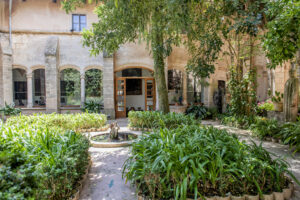 The complex of buildings known as the Cartuja (or Cartoixa) de Valldemossa dates from 1309, when King Jaime II built a palace over the remains of a Moorish fortress as somewhere for his sickly son, Sancho, to recover. It was given over to Carthusian monks in 1399, who adapted and expanded the monastery, adding a new church in the 18th century, until they were forced out in 1835 and the buildings passed into private hands.
The complex of buildings known as the Cartuja (or Cartoixa) de Valldemossa dates from 1309, when King Jaime II built a palace over the remains of a Moorish fortress as somewhere for his sickly son, Sancho, to recover. It was given over to Carthusian monks in 1399, who adapted and expanded the monastery, adding a new church in the 18th century, until they were forced out in 1835 and the buildings passed into private hands.
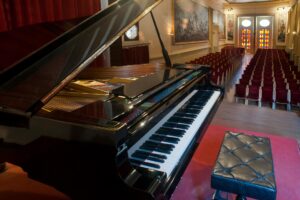 It’s easy to see why people from all over Europe found their way here over the following decades. The composer Frédéric Chopin and his partner George Sand and her children came for the sake of his health. Despite their stay lasting only a few months, the sound of his romantic piano works still resonates regularly through the halls, and you can visit the former monks’ cells where the family lived.
It’s easy to see why people from all over Europe found their way here over the following decades. The composer Frédéric Chopin and his partner George Sand and her children came for the sake of his health. Despite their stay lasting only a few months, the sound of his romantic piano works still resonates regularly through the halls, and you can visit the former monks’ cells where the family lived.
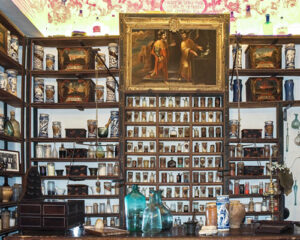 There’s also a collection of artworks to see, the old Carthusian pharmacy with remnants of ancient remedies, and original volumes of Die Balearen, written by Luis Salvador, son of the Grand Duke of Tuscany. You’ll come across Salvador elsewhere on the island, not least on the magnificent ridge-top path out of Valldemossa that he created. His writings described the culture, traditions and flora of his beloved Mallorca, a place that he made great efforts to protect.
There’s also a collection of artworks to see, the old Carthusian pharmacy with remnants of ancient remedies, and original volumes of Die Balearen, written by Luis Salvador, son of the Grand Duke of Tuscany. You’ll come across Salvador elsewhere on the island, not least on the magnificent ridge-top path out of Valldemossa that he created. His writings described the culture, traditions and flora of his beloved Mallorca, a place that he made great efforts to protect.
After your walks on the ancient paths and visiting the pretty villages, Mallorca will surely hold a special place in your heart too!
Our walkers say:
“The walking was simply superb. The limestone mountains, the views to the sea, the cobbled paths and lovely olive groves.” (Andy and Dilys, UK)
“We LOVED this holiday! Probably our favourite On Foot holiday so far. The scenery is consistently fantastic, the villages are characterful and the accommodation is all very good.” (Tracy, UK)
More monasteries to visit on our walking routes:
